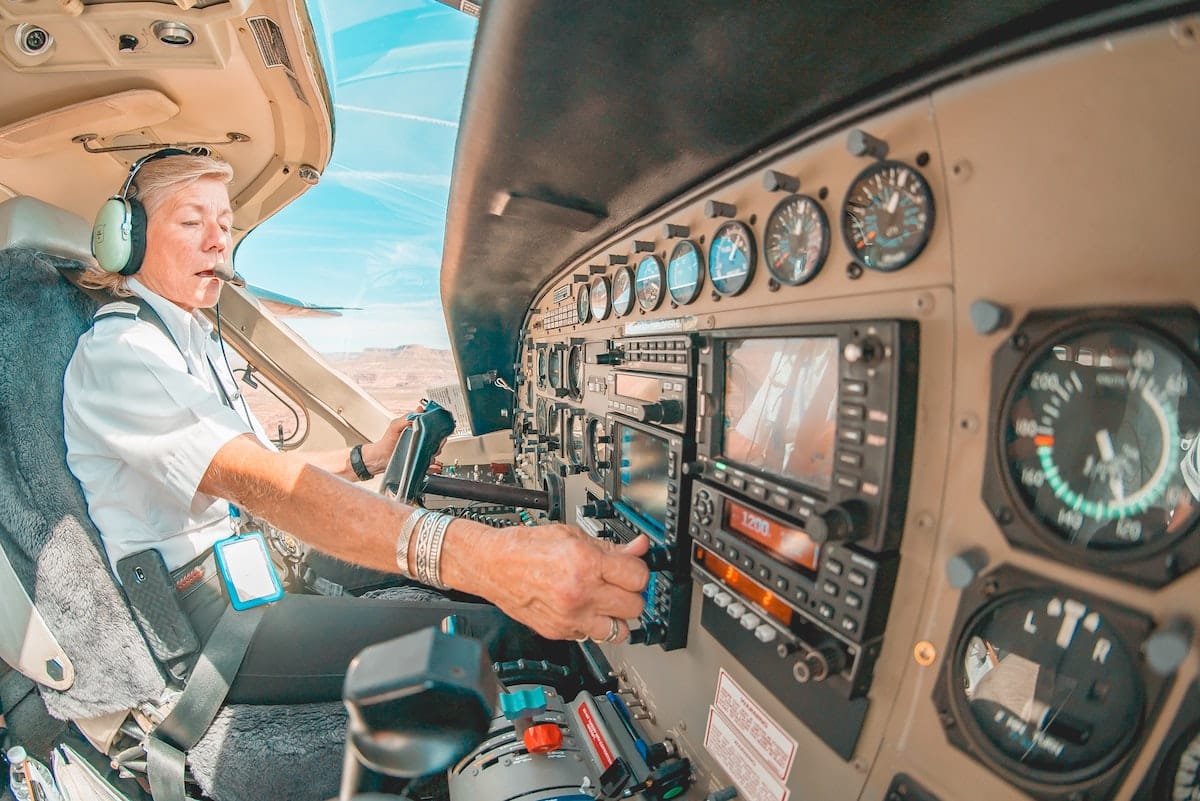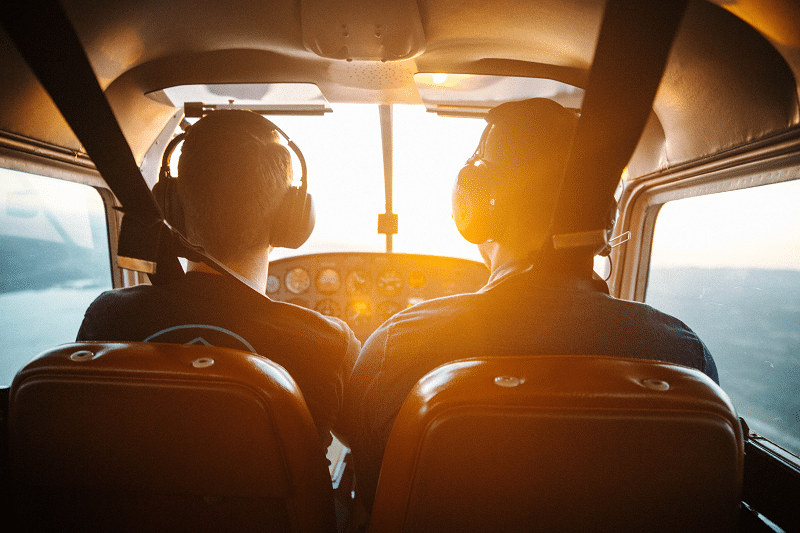
How Long Does it Take to Become a Pilot?
The time it takes to become a pilot depends on what kind of pilot you want to be. It is a challenging job that requires a lot of training. Those interested in careers in aviation will be able to learn how long it may take to become a pilot, as well as the key requirements for each type of pilot’s license and the most common types of pilot certifications.
Table of Contents
How long is the process of becoming a pilot?
Based on what you will fly and how you will fly, the amount of training you will need will vary. As little as three weeks of training can lead to a student pilot’s license, but meeting the requirements for flying commercial, private, or multi-engine aircraft can take much longer.
According to FAA regulations, you need to train, practice, and certify for at least two years before you can fly on a commercial airline.
Types of FAA-approved program certificates
Student pilot certificate
Three weeks of training prepare you for the next steps on the road to becoming a pilot.
Private Pilot (PPL)
A private pilot certificate is required before a commercial pilot certificate can be obtained. An individual pilot learns how to fly a single-engine airplane without assistance from a copilot. This is not a professional certification. An average flight training program lasts six to twelve months and requires at least 40 hours of flight time.
Commercial Pilot
You can fly professionally with a commercial pilot certificate, but you are still not qualified to fly large aircraft that transport passengers. The additional training it takes for this license is more likely to take six to nine months and must include 250 hours of logged flying hours. With a CPL, you could work teaching skydiving, providing flight instruction, crop dusting, banner towing, operating flying tours, or in several on-the-ground positions related to flying.
Certified Flight Instructor (CFI)
Obtaining this certificate is necessary only if you are going to instruct, rate, and/or endorse student pilots seeking flight certification. It’s not uncommon to work as a flight teacher while pursuing higher certification, allowing you to earn money while completing your required flight hours.
Airline Transport Pilot (ATP)
You must log 1,500 flight hours aside from your schooling. This is the bare minimum required for working as a commercial airline pilot. This requirement does not apply to military pilots or those with an associate’s or bachelor’s degree in aviation. Some schools have programs that are only nine months long.
Multi-Engine rating (ME)
If you want to become an airline pilot in command, you’ll need to meet several requirements, including flying hours and schooling, as well as registering for and passing exams and meeting the other requirements. This additional rating takes just a few weeks and is a minimum requirement to work as a pilot in command for any airline.
Federal Aviation Administration (FAA) requirements
The FAA is the organization that monitors all flights in the United States and surrounding international areas. Before pilots can be certified, they need to meet a number of requirements set by the US Department of Transportation.
1. Meet the age requirements – The following age requirements change depending on where you are on your path to becoming a pilot:
- The minimum age for operating a plane solo is 16 years old
- To earn a private pilot’s license, you must be 17 years old
- To qualify for an airline transport pilot (ATP) certificate, you must be 23 years old
2. Obtain a medical certificate – Depending on the certificate you choose, you can get one of three types of medical certificates to become a pilot. Each certification attests to your good health in the areas of vision, hearing, equilibrium, mental wellness, and neurological and cardiovascular function.
First-class medical certificate
This is the highest level of ATP certification, with the most stringent requirements, and it lasts either six or twelve months, depending on your age. The standards for first-class status are more stringent, such as passing an electrocardiogram (EKG) to assess cardiovascular function.
This distinction is required if you are above 60 years old and contemplating ATP certification to get a high-ranking, pilot-in-command title.
Second-class medical certificate
The annual certification is required by any commercial pilot exercising their privileges. The requirements are still very high for this certificate, even though it is less intensive than first class.
Third-class medical certificate
Private usage pilots must have third-class medical certification, which lasts between 24 and 60 months depending on their age. The third class examines vision, hearing, balance, mental health, and neurological and cardiovascular function to a lesser extent than the higher levels.
3. Being proficient in English– You must be able to communicate with other flight personnel in both spoken and written English to operate US aircraft around the world. Communication is especially crucial to safe air travel.
4. Complete testing and get endorsements– Professional pilots can choose from a variety of titles, each with its own set of criteria, with the caption being the highest. All pilots must register for and pass airman knowledge and practical tests, which have different criteria depending on their license.
5. Obtain vision and/or instrument rating– An instrument rating allows a pilot to fly in all weather conditions, including clouds, rain, and other weather that might reduce visibility. It takes about 50 hours to earn with 20 hours of in-aircraft training. An instrument rating gives you the option to operate in Class A airspace or airspace that is 18,000 feet.
Pilot Aptitude Test
Additionally, you must take a pilot aptitude test in addition to getting your pilot license. The pilot aptitude test determines whether or not a candidate is qualified to fly an airline. This exam does not, for the most part, directly assess a person’s ability to fly an airplane.
It evaluates his or her proficiency, numerical skills, mechanical and verbal thinking, and spatial awareness, among other things. Candidates should look for practice examinations to help them prepare for these challenges. This exam is approximately 4 hours long.
Conclusion
The career of a pilot is one of the most exciting and rewarding careers available. You will need a lot of training to become a pilot, because it is a challenging job that requires education and education. If you would like more information about testing and study materials, you can always click here.
Related Article: How to Pass Air Traffic Controller & Aptitude Test?
Sarah is an accomplished educator, researcher and author in the field of testing and assessment. She has worked with various educational institutions and organisations to develop innovative evaluation methods and enhance student learning. Sarah has published numerous articles and books on assessment and learning. Her passion for promoting equity and fairness in the education system fuels her commitment to sharing insights and best practices with educators and policymakers around the world.





